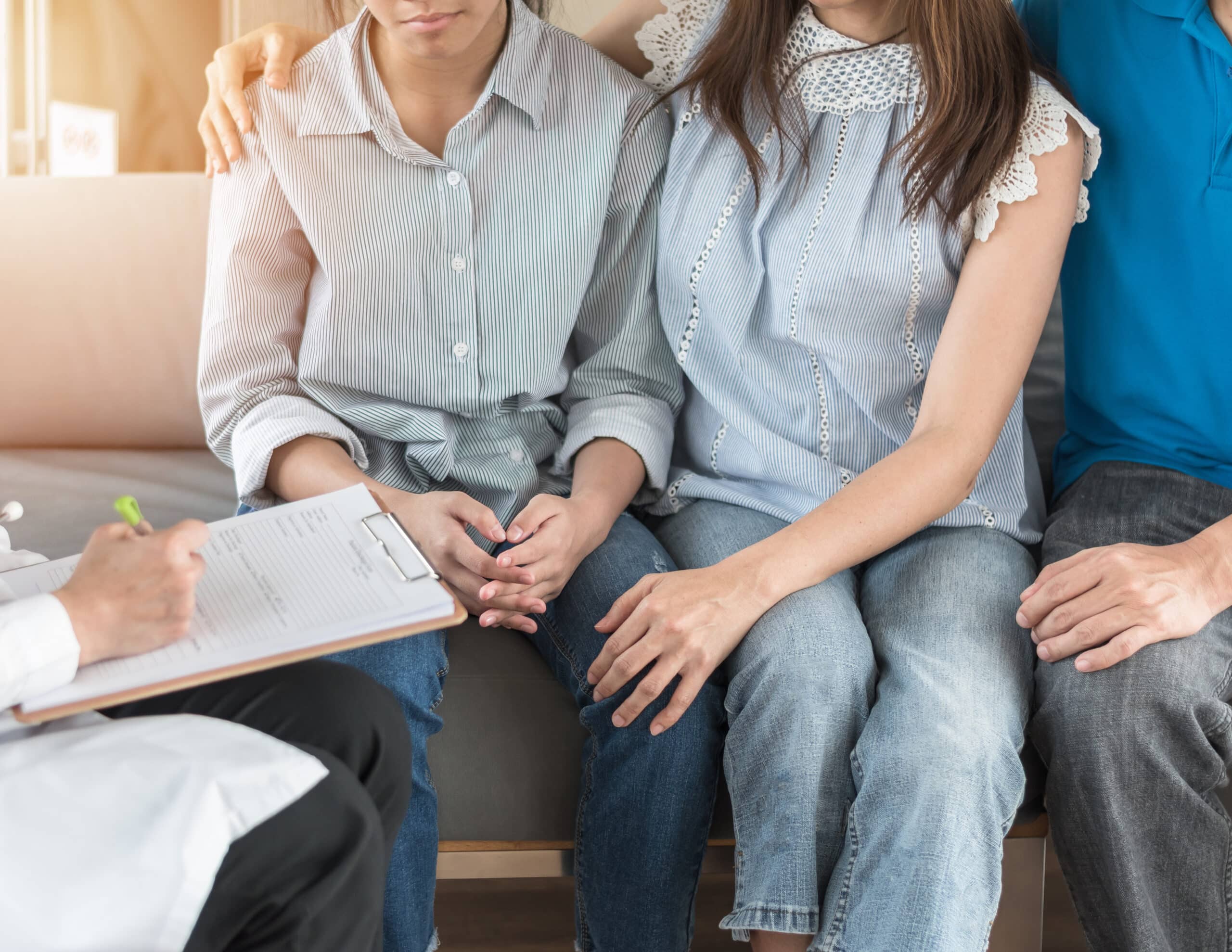Horses and humans have shared a powerful bond for centuries. But did you know this connection can be harnessed to create positive change in people’s lives?
Equine therapy, a unique form of therapy utilizing horses, is gaining recognition for its effectiveness in treating various conditions.
Here, we’ll explore how equine therapy can bridge the gap between these challenges and a more fulfilling life for individuals with ASD.
We’ll uncover the science behind this therapy, its benefits, and the unique ways it can empower individuals on the spectrum.
Understanding Equine Therapy for Autism
Equine therapy, also known as equine-assisted therapy (EAT), is a therapeutic approach that incorporates interaction with horses to promote physical, mental, and emotional well-being.
While horseback riding can be a component, EAT encompasses a broader range of activities.
Types of Equine Therapy for Autism
- Therapeutic Riding: Teaches riding skills to improve balance, coordination, and confidence.
- Hippotherapy: Uses horse movement for physical, occupational, and speech therapy goals.
- Equine-Assisted Learning (EAL): Develops life skills, leadership, and personal growth through horse interaction.
- Equine-Assisted Psychotherapy (EAP): Combines horse interactions with psychotherapy to address mental health issues and emotional difficulties.
How Equine Therapy Works
Equine therapy uses horse behaviors and movements for therapeutic benefits:
- Sensory Integration: The horse’s rhythmic motion helps regulate sensory input.
- Emotional Connection: Horses mirror emotions, fostering trust and empathy.
- Physical Engagement: Activities like grooming and riding enhance physical strength and coordination.
- Cognitive and Social Skills: Working with horses improves focus, communication, and problem-solving.
Engaging in equine therapy promotes holistic development, benefiting physical health, emotional well-being, and social skills.
Autism Spectrum Disorder (ASD)
Autism Spectrum Disorder (ASD) is a developmental disorder characterized by a range of conditions that affect communication, behavior, and social interaction.
The spectrum nature of the disorder means that it can manifest in various ways, from mild to severe, affecting each individual differently.
Common characteristics include difficulties with social communication, repetitive behaviors, and restricted interests.
Common Challenges Faced by Individuals with Autism
- Communication Difficulties: Struggles with verbal and non-verbal communication.
- Social Interaction Issues: Difficulty understanding social cues.
- Repetitive Behaviors: Engagement in repetitive actions or rituals.
- Sensory Sensitivities: Over- or under-sensitivity to sensory inputs.
- Emotional Regulation: Challenges in managing emotions.
The Need for Alternative Therapeutic Approaches
Traditional therapies may not address all needs. Alternative therapies like equine therapy offer unique benefits by enhancing communication skills, promoting emotional well-being, improving sensory integration, and encouraging social interaction.
These approaches complement traditional treatments, providing holistic support for individuals with autism.
Benefits of Equine Therapy for Autism
Equine therapy offers a range of benefits for individuals with autism, significantly enhancing their physical, psychological, social, and emotional well-being.
Physically, it improves motor skills, balance, and coordination through riding and other horse-related activities. Psychologically, the calming presence of horses can reduce anxiety and boost self-esteem.
Socially, equine therapy for autism fosters better communication and social interaction skills as participants engage with both horses and humans in a structured setting.
Physical Benefits
- Motor Skills Improvement: Riding and interacting with horses enhance balance, coordination, and fine motor skills, contributing to better overall physical development.
Psychological Benefits
- Reduced Anxiety: The calming presence of horses and the rhythmic motion of riding can significantly reduce anxiety levels.
- Increased Self-Esteem: Successfully engaging in equine activities boosts confidence and self-worth.
Social Benefits
- Improved Communication: Interaction with horses and therapists fosters better verbal and non-verbal communication skills.
- Enhanced Social Interaction Skills: Group activities and horse care encourage social engagement and teamwork.
Emotional Benefits
- Emotional Regulation: The structured environment of equine therapy for autism helps individuals learn to manage their emotions more effectively.
- Connection with the Horse: Building a bond with a horse provides a sense of companionship and emotional support, fostering a sense of trust and empathy.
Mechanisms Behind the Benefits
Equine therapy’s effectiveness for individuals with autism can be attributed to several key mechanisms:
Sensory Integration and Stimulation
- Interacting with horses provides sensory stimulation, helping individuals regulate sensory input and improve sensory processing.
The Role of the Horse-Human Bond
- Building a bond with horses fosters trust, empathy, and emotional connection, promoting emotional regulation and social skills development.
Therapeutic Effects of Riding and Working with Horses
- Riding and participating in horse-related activities offer therapeutic benefits, including improved balance, coordination, and motor skills.
Impact on Cognitive and Emotional Development
- Engaging with horses in a structured setting stimulates cognitive development and enhances emotional well-being, contributing to overall growth and development in individuals with autism.
How to Get Started with Equine Therapy for Autism
Once the initial steps are completed, individuals with autism can begin their equine therapy for autism journey with confidence and enthusiasm. Regular attendance and active participation in therapy sessions, coupled with ongoing communication with therapists and caregivers, are essential for maximizing the benefits of equine therapy.
To begin equine therapy for autism:
- Find Qualified Centers: Research centers with experienced staff and suitable programs for autism.
- Evaluate Program Suitability: Assess methodologies, safety, and inclusivity.
- Schedule Assessments: Arrange initial assessments to set therapy goals.
- Involve Parents/Caregivers: Active participation and communication are crucial for success.
Potential Challenges and Considerations
Engaging in equine therapy for autism may present certain challenges and considerations:
Safety Concerns and Risk Management
- Prioritize safety protocols and risk management strategies to ensure a secure environment for therapy sessions.
Individual Differences and Tailoring Therapy
- Recognize and accommodate individual differences in abilities, needs, and preferences when designing therapy programs.
Costs and Accessibility
- Consider the financial implications and accessibility of equine therapy for autism programs, including transportation and scheduling logistics.
Addressing Potential Fears or Resistance to Therapy
- Address any fears or resistance to therapy by fostering a supportive and reassuring environment, building trust with the individual, and gradually introducing them to equine activities at their own pace.
The Future of Equine Therapy for Autism
The future of equine therapy for Autism Spectrum Disorder (ASD) is brimming with promise. Research is continuously shedding light on its effectiveness, paving the way for wider acceptance and integration into treatment plans.
Safety Concerns and Risk Management:
- Prioritize safety protocols and risk management strategies.
- Implement proper horse handling techniques and supervision by trained professionals.
Individual Differences and Tailoring Therapy:
- Recognize and accommodate individual needs and abilities.
- Adjust activities, communication styles, and sensory stimuli accordingly.
Costs and Accessibility:
- Consider financial implications, including session fees and transportation costs.
- Explore financial assistance options and prioritize accessibility in therapy center selection.
Addressing Potential Fears or Resistance to Therapy:
- Create a supportive environment to address fears and resistance.
- Gradually introduce individuals to equine activities and use positive reinforcement techniques to build trust.
Conclusion
In conclusion, equine therapy for autism has demonstrated remarkable transformative effects for individuals with autism, offering a holistic approach to address their unique needs and challenges.
From improving physical coordination to fostering emotional connection and social skills, the benefits of equine therapy for autism are profound and far-reaching.
As families explore the possibilities of equine therapy for autism, it’s essential to embrace this promising therapeutic approach and its potential to enhance the lives of individuals on the autism spectrum.
Let’s take the reins together and embark on this journey towards growth, empowerment, and connection.
If you’re considering equine therapy for your loved one with autism, don’t hesitate to reach out to Avisa and discover the transformative power of horses firsthand.
FAQs
Que: Is equine therapy good for autism?
Ans: Equine therapy has shown to be beneficial for some individuals with autism, providing physical, emotional, and social benefits through interactions with horses.
Que: What therapy is most effective for autism?
Ans: Applied Behavior Analysis (ABA) therapy is widely regarded as one of the most effective treatments for autism, focusing on improving specific behaviors through positive reinforcement and repetition.
Que: Is animal therapy good for autism?
Ans: Animal therapy, including equine therapy, can be beneficial for individuals with autism, offering stress reduction, mood improvement, and increased social interaction and communication skills in some cases.
Que: What are 3 treatments that help cope with autism?
Ans: Three treatments that can help cope with autism include Applied Behavior Analysis (ABA) therapy, speech therapy to improve communication skills, and occupational therapy to enhance fine motor skills and sensory processing.
Que: What are the disadvantages of equine therapy?
Ans: Disadvantages of equine therapy may include high cost, safety concerns related to working with animals, and limited availability of programs in some areas.
Que: What is the best state to live in with an autistic child?
Ans: There isn’t a single “best” state to live in with an autistic child, as the quality of services and support can vary widely depending on location. Families should consider factors such as access to specialized schools, therapy services, and community resources when determining the best location for their child with autism.











